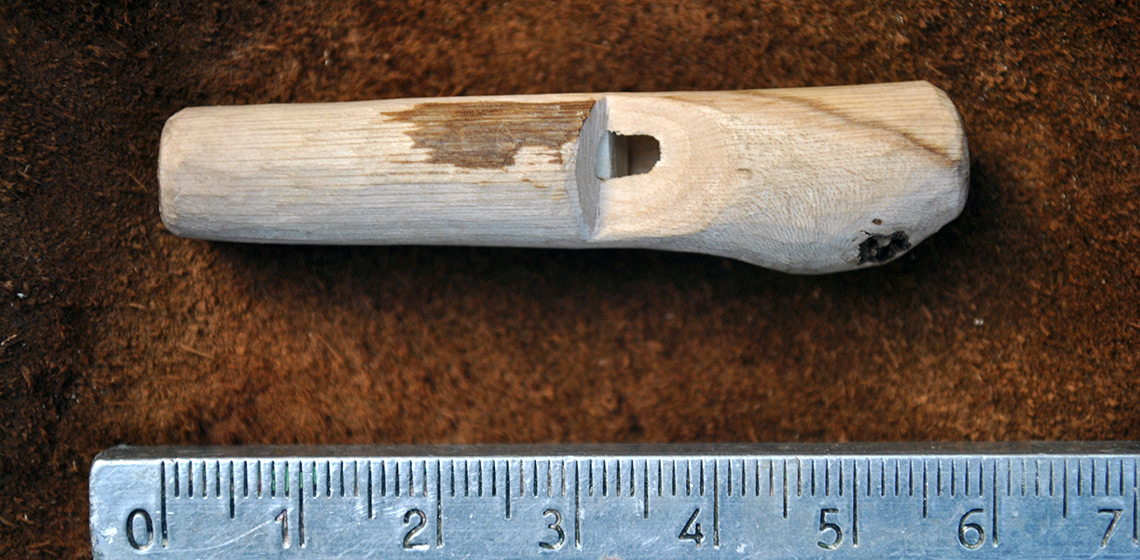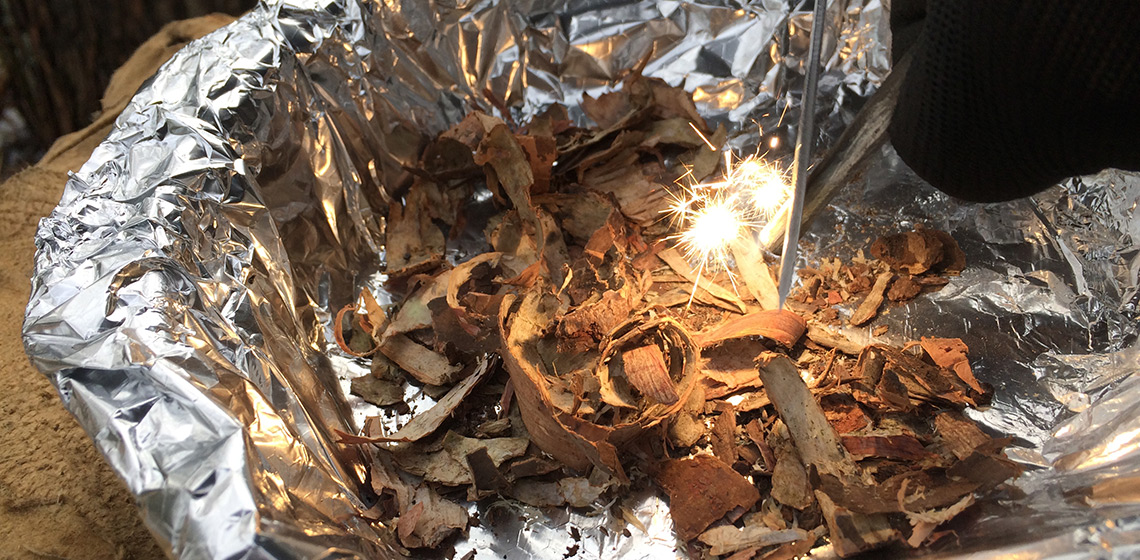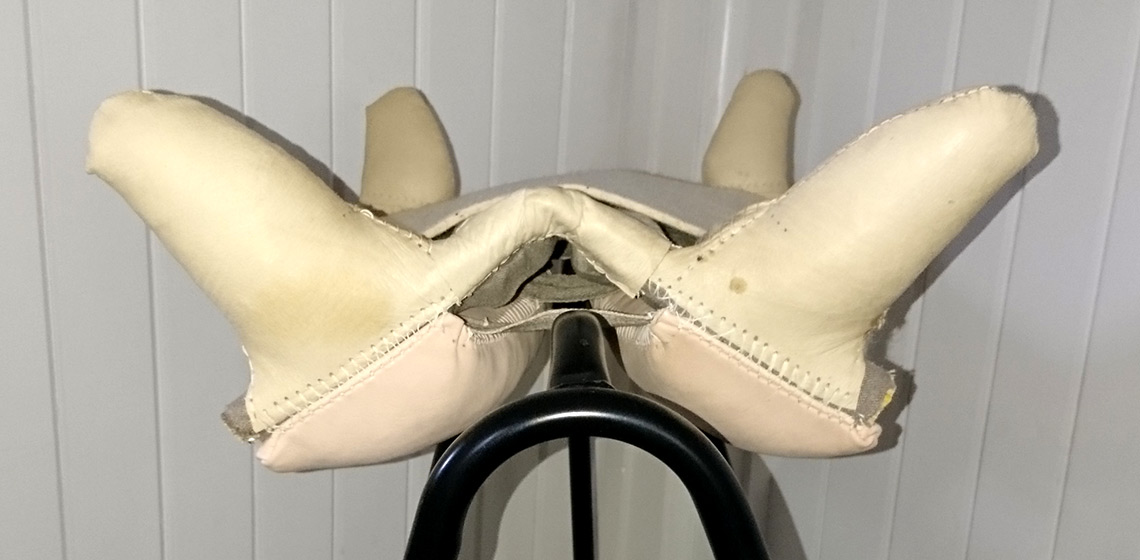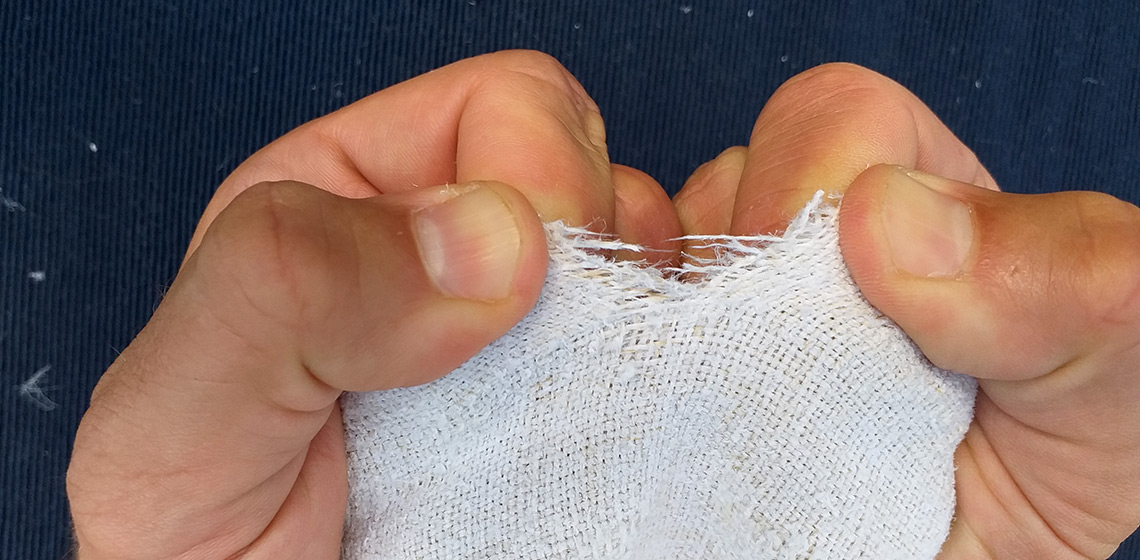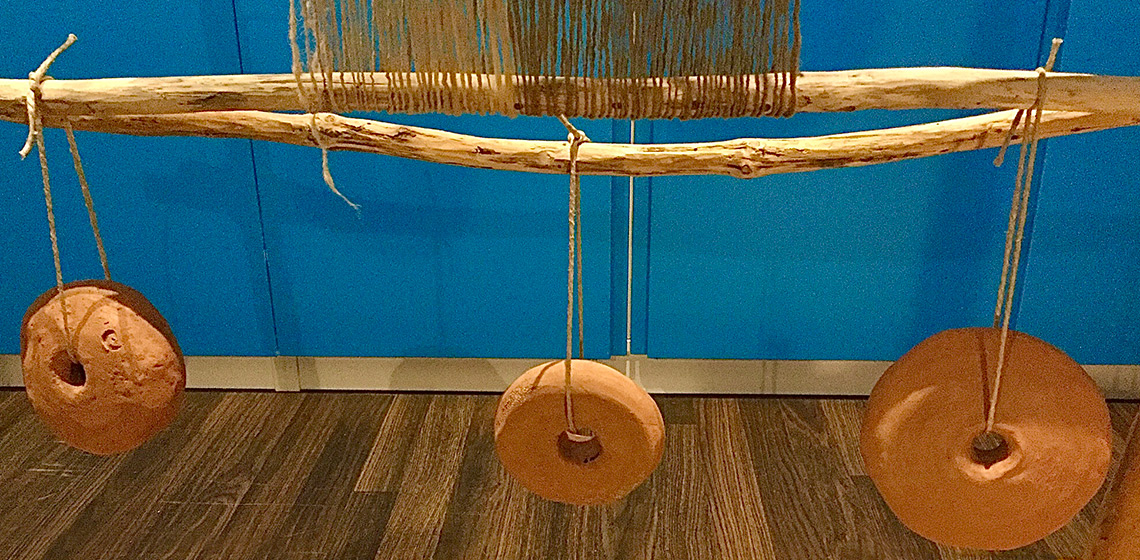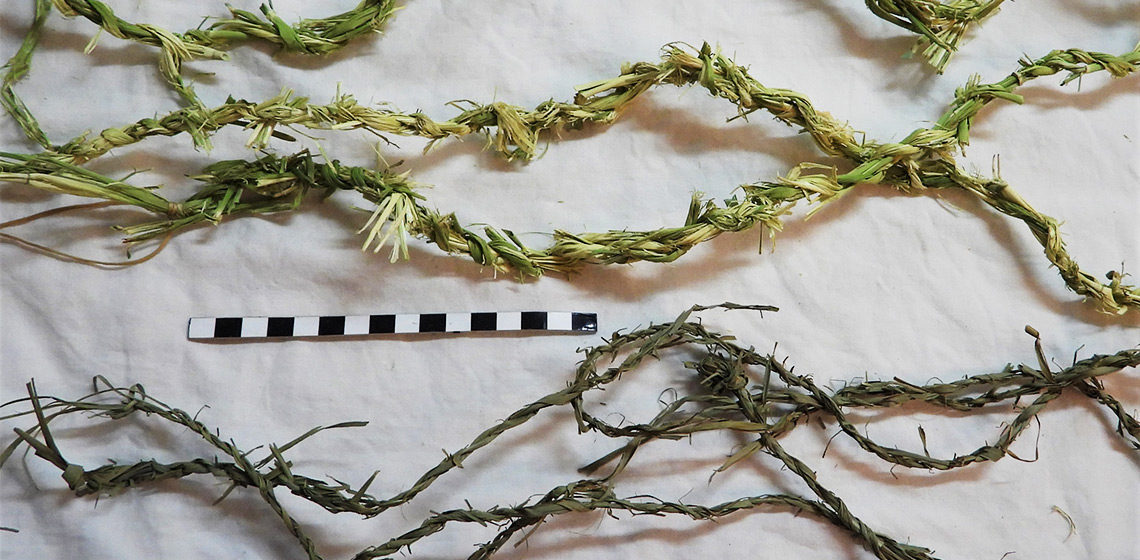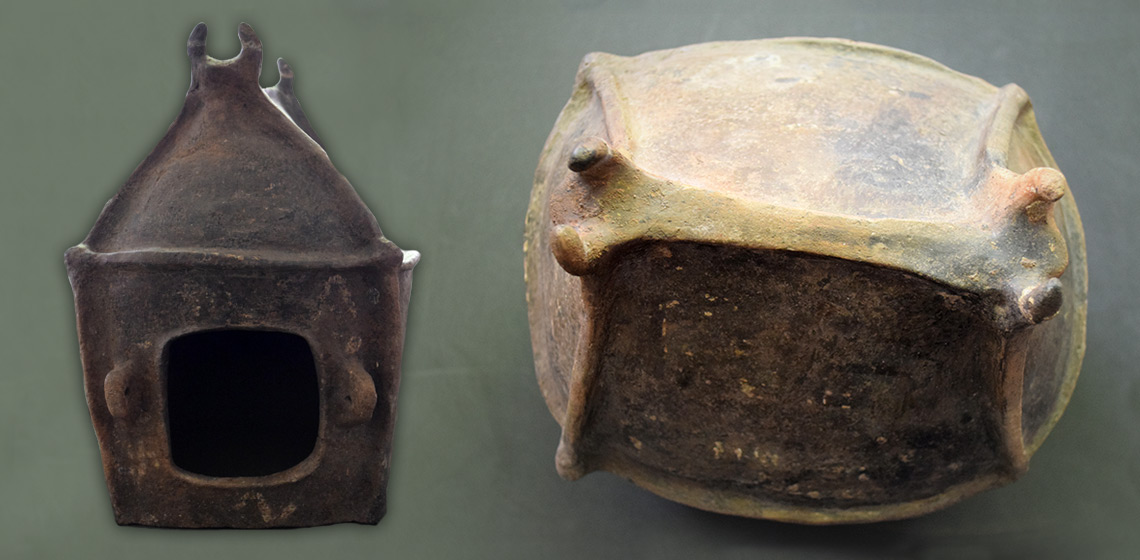Experimental Archaeology
A Spark of Inspiration: Experimentally Testing Manganese Dioxide as a Fire Lighting Aide
Alternative Reconstruction of a First Century AD Roman Cavalry Saddle
Background
The design and the construction of the Roman saddle has not received much academic attention since the work done by Peter Connolly in 1986 (Connolly, 1986, p. 353) and Connolly with Carol von Driel in 1991 (Connolly, P, van Driel-Murray, C, 1991, pp. 33-50) .
Irish Copper Axe-Ingots Recovered in Brittany: Experimental Casting to Recreate Porous Material
What was *platъ and how Did it Work? Reconstructing a Piece of Slavic Cloth Currency
Introduction
There is rare but clear evidence that at least some early medieval Slavic communities used pieces of textile during the exchange of goods. The written sources (transcription of the notes of Ibrahim Ibn Yaʻqūb and a short notice made by Helmold of Bosau nearly two hundred years later) entitle us to believe that it was some kind of currency and not a local predominant commodity.
An Experiment with the Warp-weighted Loom and Heavy Loom Weights. The Case of the Giant Refractory Ceramic “Doughnuts” from North Piedmont, Italy
Groundstone Indications from the Southern Levant for a 7th Millennium BCE Upright Mat Loom
Humboldt State University (US)
Humboldt State University (HSU), in Northern California, is a small community-based campus, situated in the great redwoods of the Pacific North coast. The college town setting on the California North Coast, 8 miles (13 km) north of Eureka is notable for its natural beauty. The university is divided into three colleges: the College of Arts, Humanities, and Social Sciences; the College of Natural Resources and Sciences; and the College of Professional Studies.
Students are provided with a holistic education in the discipline of Anthropology. As part of the curriculum in the Department of Anthropology, students can explore numerous avenues in Experimental Archaeology, including flintknapping, metal casting, basketry, cordage, textiles, and bookbinding, just to name a few.
Crafting Beyond Habitual Practices: Assessing the Production of a House Urn from Iron Age Central Italy
Hunting for Use-Wear
Introduction
Dorset cultures were spread throughout the Canadian Arctic and Greenland between 800 BC and 1300 AD (Friesen and Mason, 2016). There is considerable academic discussion surrounding Dorset society, focusing especially on topics such as social organisation, the reason for their disappearance, and the nature of their development from pre-Dorset cultures. However, a general point of agreement is that Dorset material culture has always been considered geographically, and even to some extent temporally, uniform (Maxwell, 1985).
